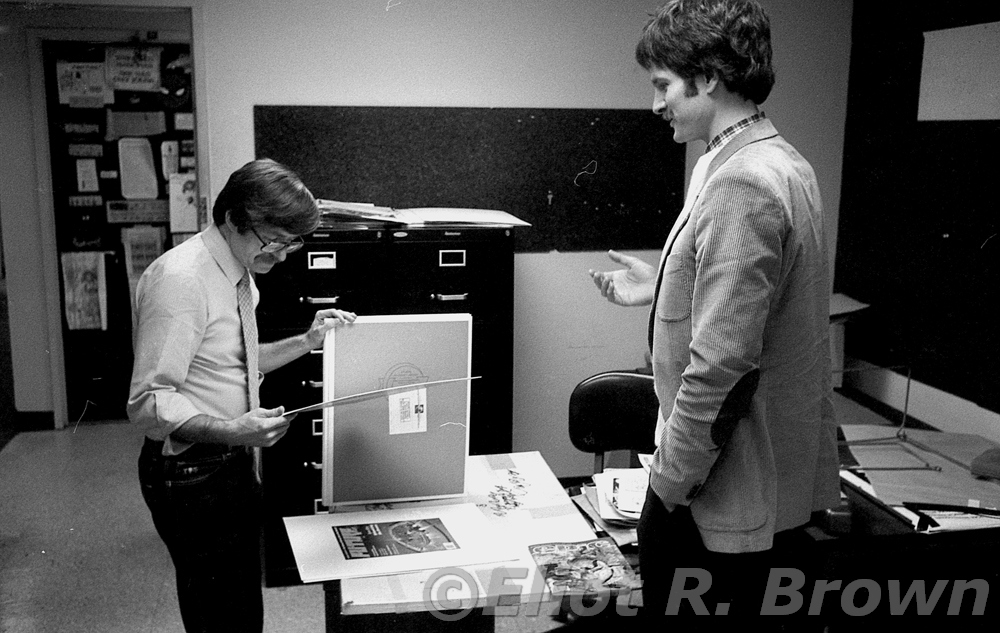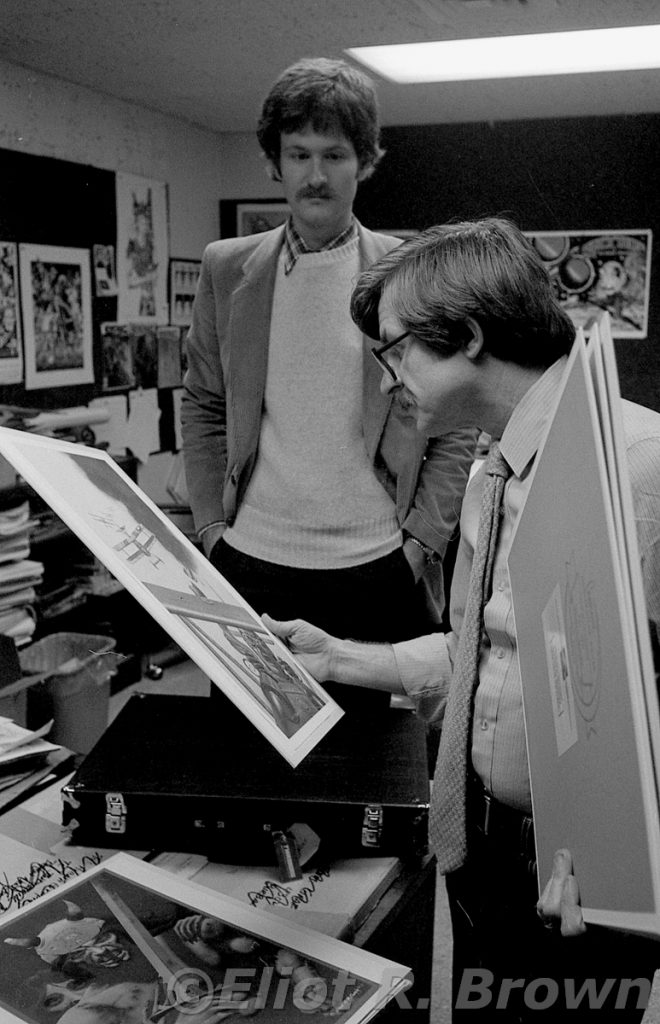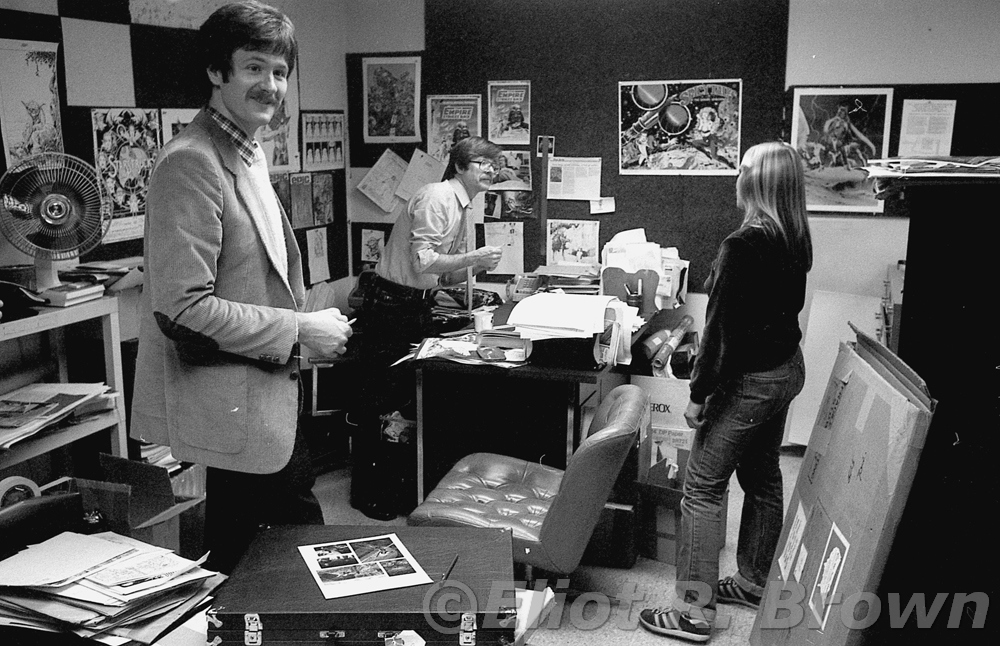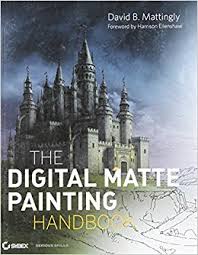Marvel Offices. Ole 575 Madison Ave, NYC and Legendary Soft-Spoken Editor Creator Archie Goodwin has just been given the reins of EPIC Magazine. By even hinting at the story, I would be kicking over a hornet’s nest. Suffice it to say, Author Raconteur Comic Editor Rick Marschall started it, kicked over a hill of rattlesnakes (that soon gave way to the hornets), moved himself on to start writing a vast number of books.
But this account is not that story, nor Archie’s really. It is David Mattingly’s. Okay, and a little bit mine.
It’s like this: I was walking through the reception area, purpose unknown and spotted this fellow who I knew. Well, not as a friend but… lemme explain.
I harbored a strong desire to work in movie special effects. Or maybe be a Director of Cinematographer. At one point my family had moved off to southern Los Angeles and who knows what might have happened had we stayed. But I was back to my beloved New York City, toiling at Marvel which was not a bad thing at all.
So I did the next best thing. I got a subscription to American Cinematographer and when it started up, Cinefex. I used to get to various comic shops that carried Cinefantastique and got issues as they came out. They all spent time on various aspects of science fiction, horror and fantasy movies. When you read them all, you got quite a detailed picture.
There is a very neat part of movie making that takes advantage of a camera’s single eye, it’s single vision. A long time ago in the movie game some smart people needed to take a small set and make it larger. If you have a 10-foot section of wall, but you need it to be 100, then here’s what you do: Take a piece of glass and set it up in front of the camera. Look through the camera to see what the camera sees (it was done mechanically with mirrors, so you were looking right through the camera lens). You will see the short wall and all the stuff around it that is not the wall. Lay out a few construction lines, get your paint brushes going and paint the wall pieces on either side. Match the color and light it right, that wall now looks 100 feet long. Movie magic.
The technique goes way back. The French word “matte” is familiar to us as the thing in a picture frame that surrounds the picture. In the case of movie-making, the matte is used to cover up anything not wanted. If one were to paint on the matte, one could create new surroundings to the picture. In this case, one is seeing right through the piece of glass.
Disney decided they wanted to get with the sci-fi craze so ably started by Star Wars. The magazines I mentioned were going bonkers for The Black Hole. And whatever you see now, one must remember they were trying to look different. For example, the background stars were a painted backdrop that the model of the central spaceship was against. This flew in the face of all current space movies where one needed an elaborate special effect to add an animated star field behind the ship model.
The ship itself was very different than the sleeker, mostly white ships of Star Trek or Star Wars. The Cygnus was this insane but brilliant design of gothic excess. Mostly made of photo-etched brass detail on huge structures of brass work. And it could be lit up like a monster chandelier. Very interesting design and rather fresh.
The rest of the movie—well, to be kind, no one saw anything quite like that either. Stood out, one might say. There was a robot. The painful 70s sort of robot. Best to look away.
But that movie used a lot of painted-on-glass artwork. Better known by the term “glass shot” or “matte painting.”
And in all those articles on how they did the painted matte effects for The Black Hole, were two men. Harrison Ellenshaw and David Mattingly. Mr. Ellenshaw had been doing matte work for many years by then and was helping bring up the new talent. Mr. Mattingly was that new talent.
They ran a lot of pictures of him, working on some gigantic painting in all the articles. Lanky and with a rounded bowl of hair.
The same rounded bowl of hair that was sitting in Marvel’s reception area! Attached to good David Mattingly! Whom I knew on sight. I can look back now and see that The Black Hole had come out in late 1979. Here Mr. Mattingly was, sitting in those greenish comfy chairs in mid-1980. I hastened to render aid and get him off of them. He didn’t know what went on in those chairs…
I quickly introduced myself and asked if I could help him. He was here to see Archie Goodwin, Editor of EPIC Magazine. Now here’s where my confusion was obvious. Why would a major Hollywood effects man be slogging through the trenches of Marvel Comics?
Of course, now I know better. As it turns out the special effects world is rather harsh (unless you’re Harrison Ellenshaw, who was the head of Disney’s Matte Department—he had a steady job). You work like a maniac for 4 months, 6 months. Then go for a year without work. You would be “hired” or taken on for a very specific amount of time and money and no more. Then you were set adrift to relish the huge amount of money they paid you. If you were lucky, the next job would come along just in time to restock the fridge with foodstuffs.
This guy was a freelancer like any of us Bullpenners! Mr. Mattingly had already done many book covers and such. He was looking for work.
EPIC needed good artists. Done!
In the meantime, I walked him into the office and took him straight to Archie’s office. I went on to take full advantage of these two rather nice gentlemen by running back to my stat room and grabbing up my camera. Here then is an interesting record of Archie looking over Mr. Mattingly’s work.



Nowadays, Mr. Mattingly is a digital matte artist, blessed with the full experience of having done it the old-fashioned way and under a master tutor like Mr. Ellenshaw. He is also a teacher of art and author of a textbook on the subject!

By David B. Mattingly ISBN‑10: 0470922427
ISBN‑13: 978-0470922422
It’s not the cheapest book in the world, but I highly recommend this book just for the examples of the work being done. The technical end is not that hard to follow. Interviews with some of his industry chums is a plus. And yes, you can learn to do matte paintings the digital way!
Check out his website: